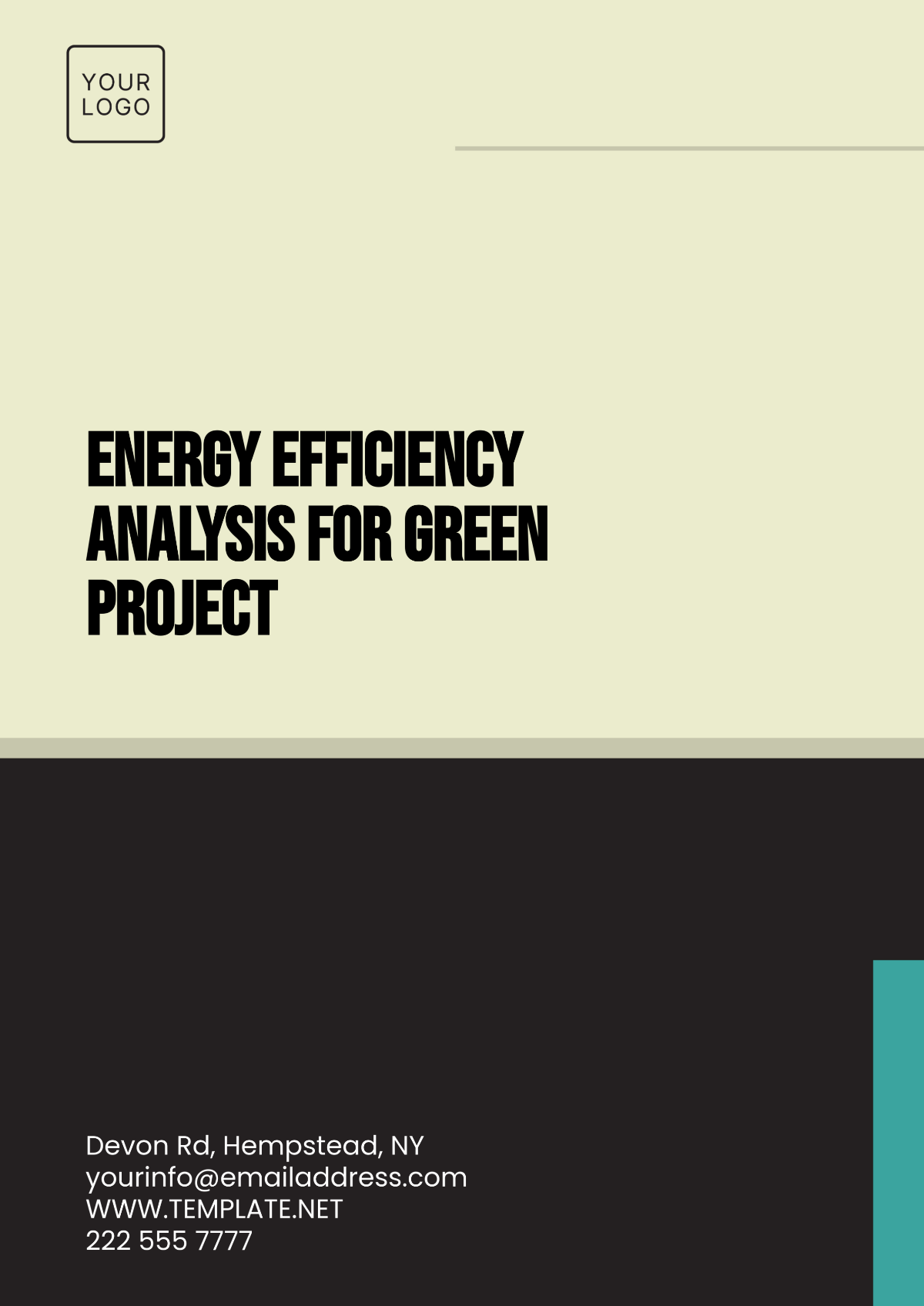Earned Value Analysis
Prepared By : | [Your Name] |
Company : | [Your Company Name] |
Department : | [Your Department] |
I. Introduction
This section serves as an introductory overview of the project, highlighting its key objectives, stakeholders, and significance within the organization. It provides context for the subsequent analysis by outlining the project's scope and goals. Additionally, it explains the purpose of conducting an Earned Value Analysis and how it contributes to effective project management.
II. Methodology
Data Collection:
This subsection elaborates on the various sources of data utilized for the Earned Value Analysis. It specifies where project schedules, cost reports, and progress updates are obtained, ensuring transparency and reliability in data collection processes.
Formulas and Metrics:
Here, detailed explanations of the formulas and metrics employed in the analysis are provided. Each key performance metric, such as Schedule Variance (SV) and Cost Performance Index (CPI), is defined and its significance in assessing project performance is outlined.
III. Data Collection
Project Details:
This subsection includes specific information about the project, including its name, manager, and start and end dates, providing a clear understanding of the project's parameters.
Budget Information:
Detailed budget information, including the planned budget and actual costs incurred, is presented here to facilitate cost analysis and comparison.
Schedule Information:
Planned and actual schedule details are outlined to evaluate schedule adherence and progress.
IV. Analysis Results
Earned Value Calculation:
This section presents the calculated earned value, planned value, and actual cost figures, providing a quantitative basis for performance assessment.
Performance Metrics:
Performance metrics such as Schedule Variance (SV), Cost Variance (CV), Schedule Performance Index (SPI), and Cost Performance Index (CPI) are computed and analyzed to gauge project performance against planned targets.
Cost Performance Over Time
Month | Planned Value (PV) | Actual Cost (AC) | Cost Variance (CV) |
|---|---|---|---|
January | $20,000 | $15,000 | $5,000 |
February | $40,000 | $35,000 | $5,000 |
March | $60,000 | $50,000 | $10,000 |
April | $80,000 | $70,000 | $10,000 |
May | $100,000 | $80,000 | $20,000 |
June | $120,000 | $100,000 | $20,000 |
V. Interpretation and Insights
Performance Evaluation:
This subsection interprets the performance metrics and provides insights into project performance, highlighting areas of success and concern.
Recommendations:
Based on the analysis findings, actionable recommendations are proposed to address identified issues and enhance project performance.
VI. Conclusion
This concluding section summarizes the key findings from the Earned Value Analysis and underscores the importance of proactive management actions in ensuring project success and delivering value to stakeholders.

















































